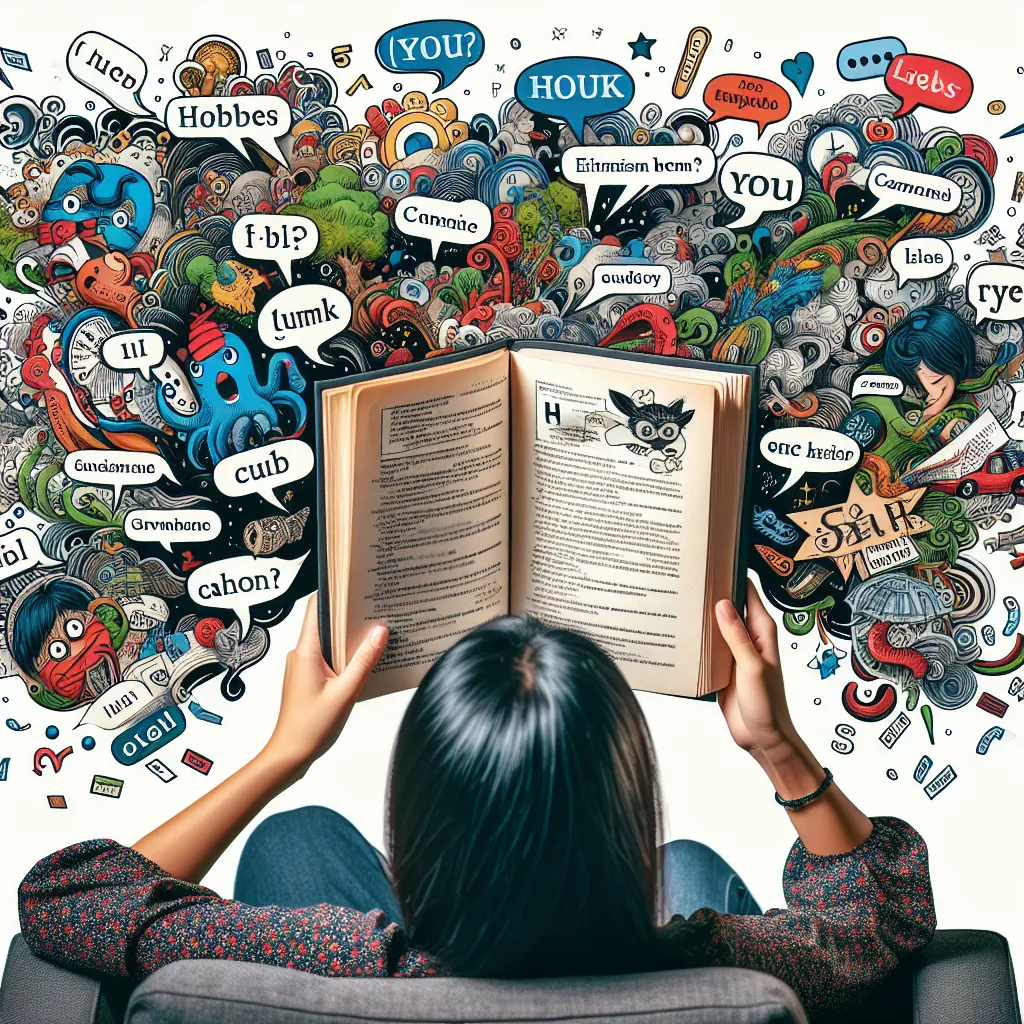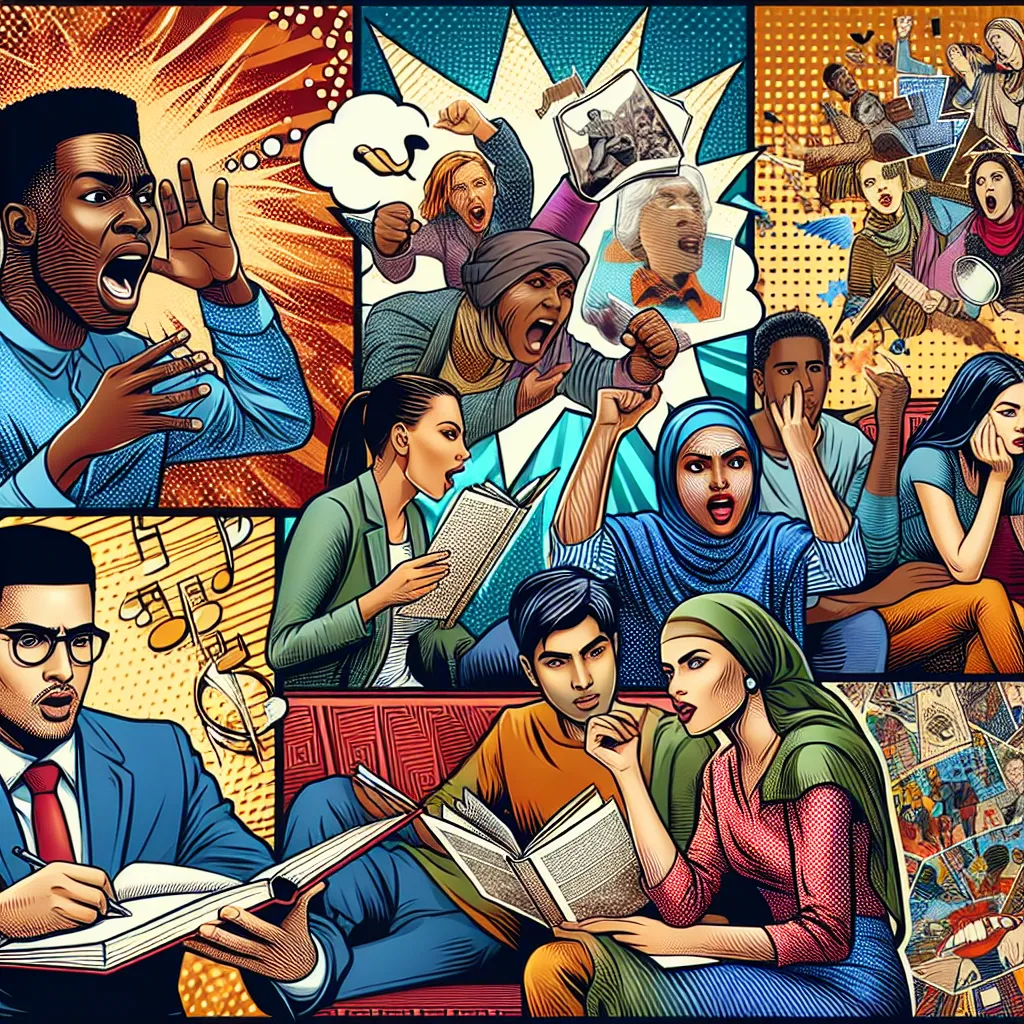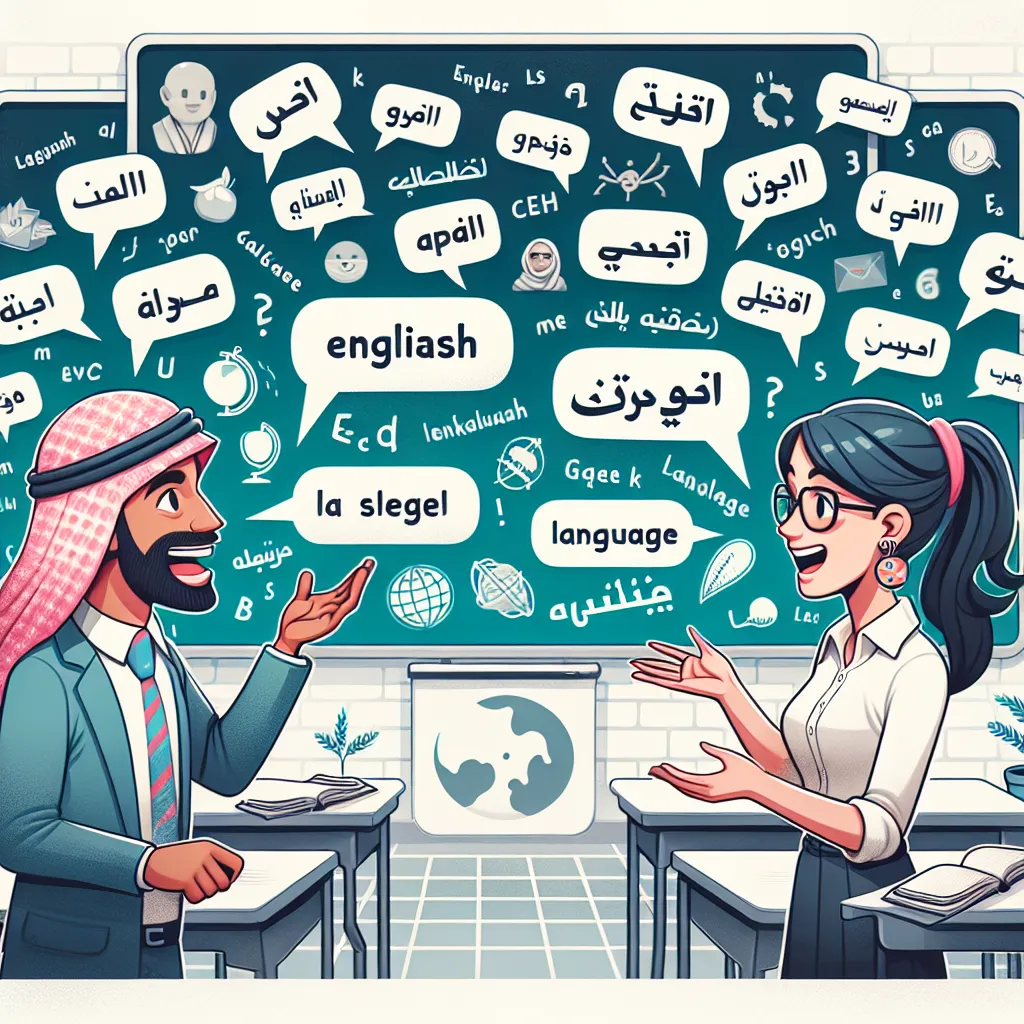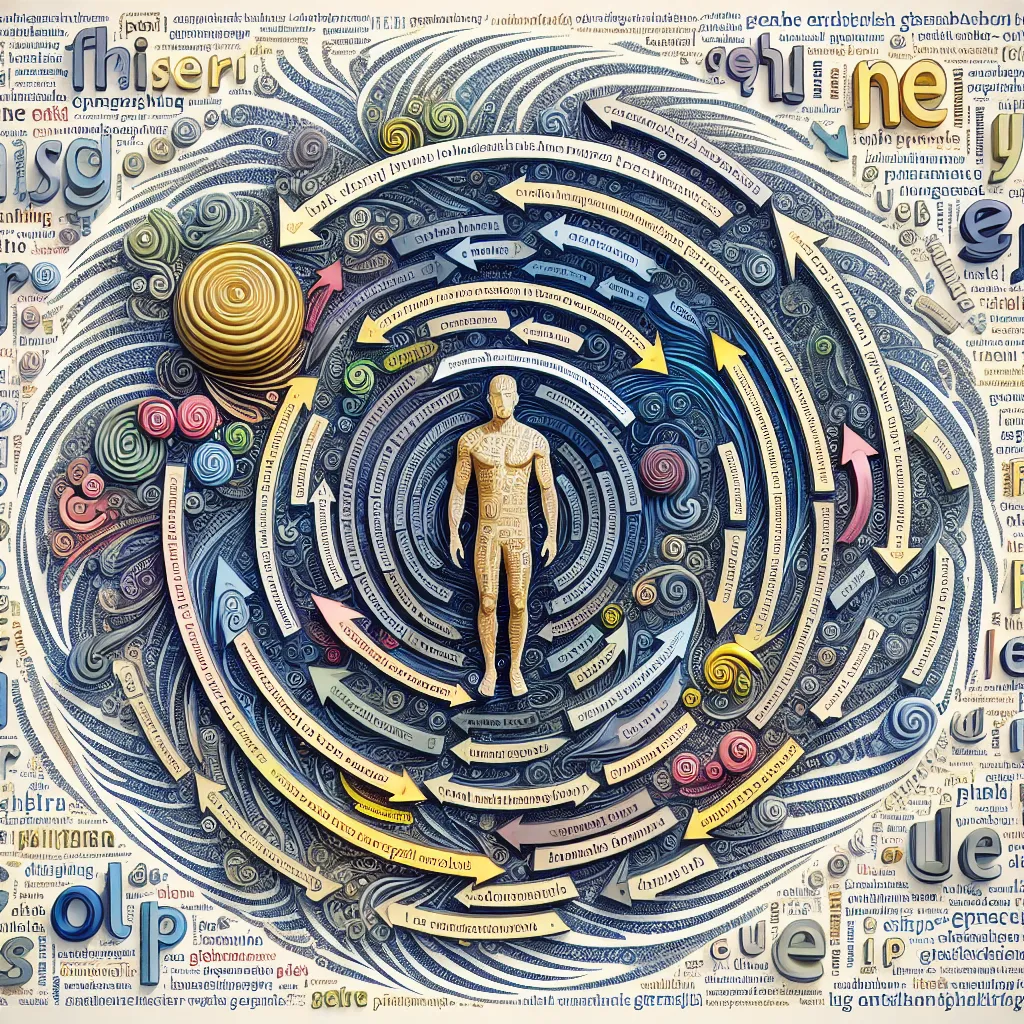Are you looking for an engaging way to improve your English skills? Look no further than graphic novels! This unique form of literature combines visuals with text, making it an excellent tool for language learners. In this article, we’ll explore how reading graphic novels can enhance your English proficiency and provide you with practical tips to make the most of this enjoyable learning method.
Why Graphic Novels are Ideal for English Learners
Graphic novels offer a perfect blend of visual storytelling and written language, making them an invaluable resource for English learners of all levels. Here’s why:
- Visual context: The illustrations provide immediate context for the text, helping readers understand new vocabulary and expressions more easily.
- Engaging stories: Graphic novels often feature compelling narratives that keep readers motivated to continue learning.
- Natural dialogue: The conversations in graphic novels typically reflect everyday language usage, exposing learners to authentic English expressions.
- Cultural insights: Many graphic novels offer glimpses into different cultures, enhancing your understanding of English-speaking societies.
 English learning through graphic novels
English learning through graphic novels
Selecting the Right Graphic Novels for Language Learning
Choosing appropriate graphic novels is crucial for an effective learning experience. Consider the following factors:
Language Level
- Beginner: Look for graphic novels with simple vocabulary and short sentences. Children’s comics or adaptations of classic stories are excellent starting points.
- Intermediate: Explore young adult graphic novels or popular superhero comics with more complex language and storylines.
- Advanced: Challenge yourself with graphic novels that tackle sophisticated themes and use advanced vocabulary.
Genre and Interest
Select graphic novels that align with your interests to maintain motivation. Options include:
- Superhero adventures
- Historical fiction
- Memoirs and biographies
- Science fiction and fantasy
- Slice-of-life stories
Cultural Relevance
Choose graphic novels that expose you to various aspects of English-speaking cultures. This approach can help you understand idiomatic expressions and cultural references better.
Effective Strategies for Learning English with Graphic Novels
To maximize your learning potential, try these techniques:
1. Pre-reading Preparation
Before diving into a graphic novel, familiarize yourself with its context and key vocabulary:
- Research the author and the historical or cultural background of the story.
- Skim through the pages to get an overview of the plot and characters.
- Create a list of unfamiliar words you encounter during your initial scan.
2. Active Reading Techniques
As you read, engage actively with the content:
- Read aloud to practice pronunciation and intonation.
- Pay attention to speech bubbles and how characters express emotions through language.
- Take notes on new vocabulary, idioms, or grammatical structures you encounter.
3. Visual-Verbal Connections
Leverage the visual elements to enhance your understanding:
- Study how facial expressions and body language correspond with the dialogue.
- Analyze how the artwork complements or adds meaning to the text.
- Use the visuals as context clues to deduce the meaning of unfamiliar words.
4. Post-reading Activities
Reinforce your learning after finishing a graphic novel:
- Summarize the story in your own words, either orally or in writing.
- Discuss the plot and characters with fellow English learners or native speakers.
- Create your own short comic strip using vocabulary and expressions from the graphic novel.
 English learning activities with graphic novels
English learning activities with graphic novels
Common Pitfalls to Avoid
While learning English through graphic novels can be highly effective, be aware of these potential challenges:
- Overreliance on visuals: Don’t neglect the text in favor of simply looking at the pictures. The goal is to combine both for comprehensive learning.
- Ignoring context: Remember that some language used in graphic novels may be specific to certain characters or situations. Always consider the context when learning new expressions.
- Neglecting formal English: While graphic novels are great for learning conversational English, supplement your reading with other materials to ensure a well-rounded language education.
Next Steps in Your English Learning Journey
After incorporating graphic novels into your English learning routine, consider these additional steps to further enhance your skills:
- Join or create a graphic novel book club for English learners to discuss and analyze the stories you’ve read.
- Explore English learning through storytelling to complement your graphic novel experience.
- Practice writing your own short comic strips in English to apply the language skills you’ve acquired.
- Watch film adaptations of graphic novels you’ve read to reinforce your understanding and improve your listening skills.
- Consider ways to make English learning fun by incorporating other enjoyable activities alongside graphic novel reading.
Learning English by reading graphic novels offers a unique and engaging approach to language acquisition. By combining visual storytelling with written text, you can improve your vocabulary, grammar, and cultural understanding in a fun and effective way. Remember to choose graphic novels that match your interests and language level, and employ active reading strategies to maximize your learning potential. With consistent practice and a diverse selection of graphic novels, you’ll find yourself making significant progress in your English language journey. So, grab a graphic novel and start your exciting adventure in English learning today!




